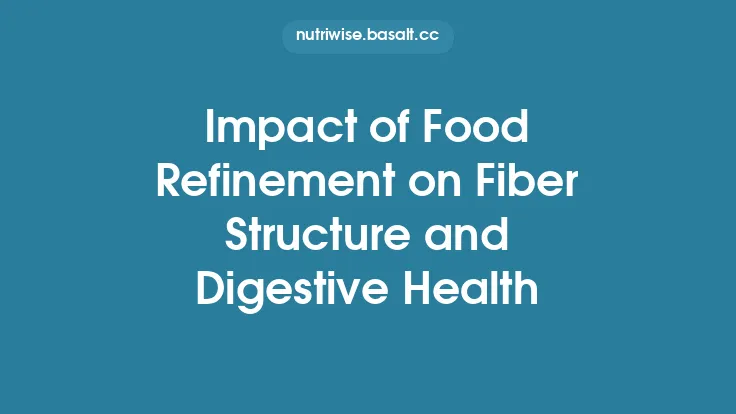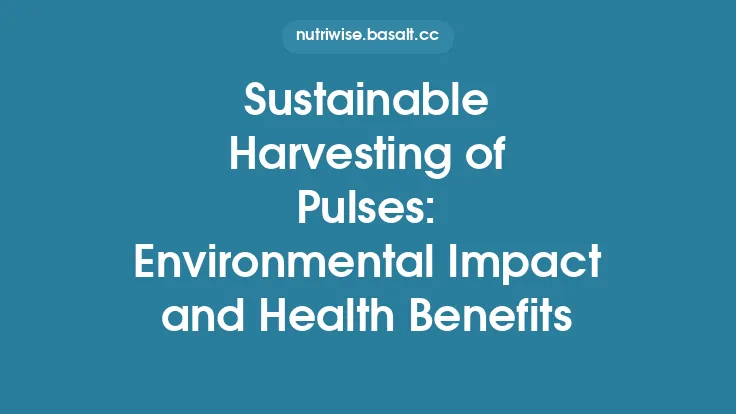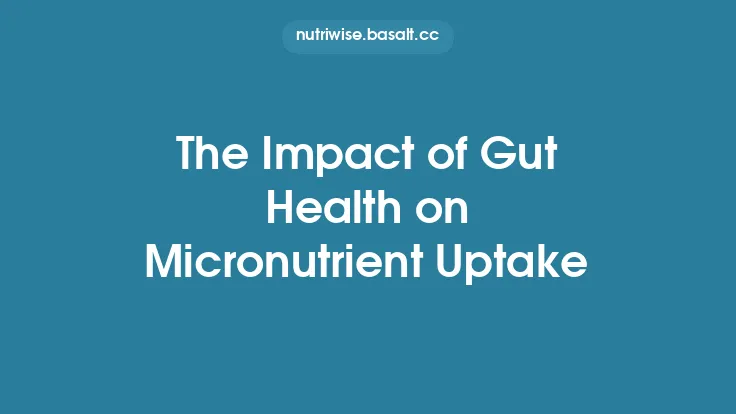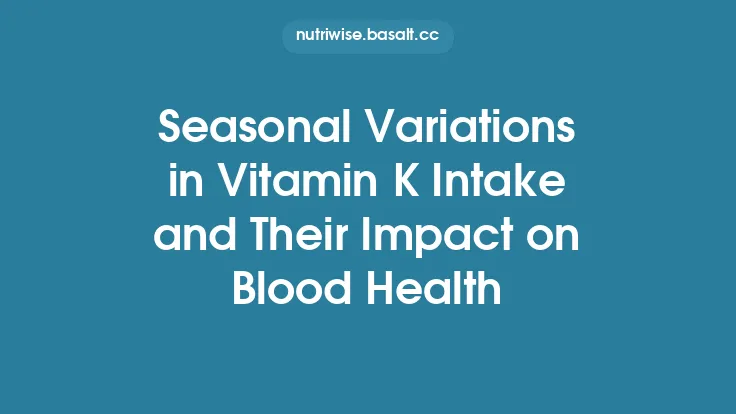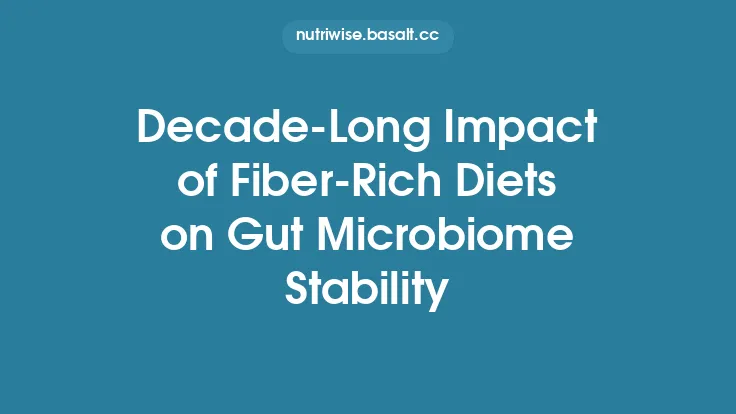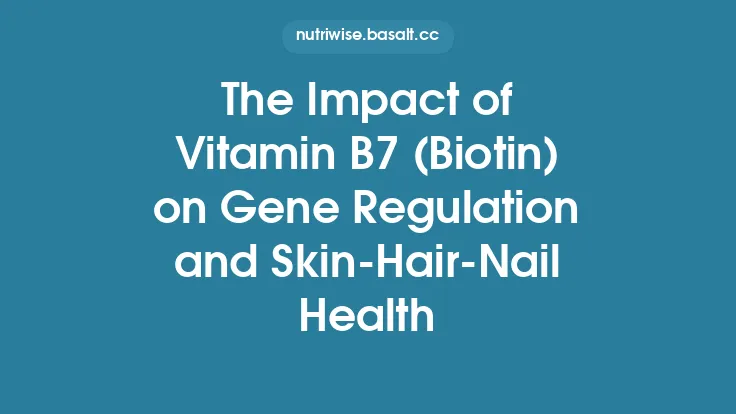Monoculture‑heavy diets—those dominated by a narrow set of staple crops or animal products—have become a defining feature of modern food consumption patterns. While such diets can simplify supply chains and lower short‑term costs, they also embed a cascade of ecological consequences that extend far beyond the dinner plate. By concentrating agricultural production on a limited number of species, societies inadvertently accelerate species loss, erode ecosystem resilience, and undermine the very natural processes that sustain food security. This article examines the mechanisms through which monoculture‑centric eating habits drive biodiversity decline and degrade ecosystem health, and it outlines pathways for mitigating these impacts without venturing into broader discussions of dietary diversity or heritage varieties.
Understanding Monoculture in Food Production
Monoculture refers to the agricultural practice of cultivating a single crop species over extensive areas, often using genetically uniform cultivars. In the context of human diets, monoculture‑heavy consumption is reflected when the majority of caloric intake derives from a handful of crops—most notably wheat, rice, corn, and soy—or from a limited set of animal proteins such as beef, pork, or chicken. Several factors reinforce this pattern:
- Economic Incentives – Large‑scale farms achieve economies of scale when they specialize in a single commodity, reducing per‑unit labor, input, and mechanization costs.
- Supply‑Chain Efficiency – Uniform crops simplify storage, transport, and processing, allowing for streamlined logistics and lower retail prices.
- Policy Frameworks – Subsidies, crop insurance, and research funding often target high‑yield staple crops, further skewing production toward a few species.
- Consumer Familiarity – Cultural norms and marketing reinforce the perception that certain foods are “essential,” driving demand for those items.
The result is a food system in which a small subset of species accounts for the bulk of global agricultural output. According to the Food and Agriculture Organization (FAO), three crops—rice, wheat, and corn—provide roughly 60 % of the world’s caloric intake, while soy and a handful of livestock species dominate protein supplies.
How Monoculture‑Heavy Diets Drive Species Loss
The link between dietary homogeneity and species loss operates at multiple ecological scales:
1. Habitat Conversion and Fragmentation
Expanding monoculture fields often requires clearing natural habitats—forests, grasslands, wetlands—to make way for uniform planting. This conversion eliminates the structural complexity that many organisms depend on for shelter, breeding, and foraging. For example, the conversion of tropical rainforest to oil‑palm plantations has been directly associated with the decline of orangutan populations, as the species loses both arboreal corridors and its primary food sources.
2. Genetic Erosion in Crops and Livestock
When a few high‑yielding varieties dominate production, the genetic diversity within cultivated species contracts. Traditional landraces and wild relatives, which harbor traits for disease resistance, drought tolerance, and nutritional quality, are often abandoned. The loss of these genetic reservoirs reduces the adaptive capacity of crops to future stresses, indirectly threatening the species that rely on them (e.g., pollinators that specialize on particular flower morphologies).
3. Pesticide and Fertilizer Overuse
Monocultures are especially vulnerable to pests and nutrient depletion, prompting intensive chemical inputs. Broad‑spectrum insecticides can decimate non‑target arthropods, including beneficial predators and pollinators, while nitrogen‑rich fertilizers alter soil microbial communities. The cumulative effect is a decline in soil fauna diversity, which impairs nutrient cycling and soil structure.
4. Trophic Cascades
Simplified agricultural landscapes support fewer trophic levels. A field of single‑species corn, for instance, offers limited prey diversity for insectivorous birds, leading to reduced bird populations. The loss of avian predators can then allow pest populations to surge, creating a feedback loop that necessitates even greater pesticide use.
5. Aquatic Impacts from Monoculture‑Derived Runoff
Large‑scale cultivation of water‑intensive crops such as rice and soy contributes to nutrient runoff into rivers and coastal zones. Elevated nitrogen and phosphorus concentrations fuel algal blooms, which deplete dissolved oxygen and cause fish kills. The resulting loss of aquatic biodiversity further destabilizes freshwater and marine ecosystems.
Ecosystem Services Disrupted by Monoculture Diets
Ecosystem services—benefits that humans derive from natural systems—are compromised when monoculture‑heavy diets dominate production:
- Pollination: Although many monocultures are wind‑pollinated (e.g., wheat, corn), the surrounding landscape often lacks the floral diversity needed to sustain wild pollinator populations. Declines in bees and butterflies reduce pollination services for adjacent semi‑natural habitats and for any diversified crops that may be intercropped.
- Soil Fertility: Continuous planting of a single crop exhausts specific nutrients, leading to soil acidification and loss of organic matter. The diminished soil health reduces water infiltration, increases erosion, and lowers carbon sequestration capacity.
- Pest Regulation: Biodiverse farms support natural enemies of pests (e.g., lady beetles, parasitic wasps). Monocultures, by contrast, create ecological vacuums that allow pest outbreaks to proliferate unchecked.
- Water Regulation: Large, uniform fields often require extensive irrigation, altering hydrological cycles. Over‑extraction of groundwater for monoculture crops can lower water tables, affecting both human communities and aquatic ecosystems.
Feedback Loops Between Consumer Demand and Agricultural Homogenization
The relationship between diet and production is bidirectional. Consumer preference for cheap, readily available staple foods fuels the expansion of monoculture farms, while the prevalence of these foods reinforces dietary habits. This loop is reinforced by:
- Price Elasticity: As monoculture production scales up, unit costs fall, making staple foods even more affordable relative to less common alternatives.
- Market Concentration: A few multinational agribusinesses dominate the seed, fertilizer, and processing sectors, shaping the supply chain toward uniformity.
- Information Asymmetry: Consumers often lack visibility into the ecological footprints of their food choices, leading to underestimation of the biodiversity costs associated with monoculture‑derived products.
These dynamics create a self‑reinforcing system where ecological degradation becomes an externality that is rarely factored into purchasing decisions.
Mitigation Strategies Within the Food System
Addressing the biodiversity impacts of monoculture‑heavy diets does not require an immediate overhaul of global eating patterns, but it does call for targeted interventions at multiple points in the supply chain.
1. Crop Rotation and Diversified Planting
Integrating rotation cycles that include legumes, cover crops, and small‑grain cereals can break pest cycles, improve soil nitrogen balance, and reintroduce habitat heterogeneity. Even within large‑scale operations, strip‑cropping or intercropping can be implemented without drastically reducing yields.
2. Integrated Pest Management (IPM)
Adopting IPM reduces reliance on broad‑spectrum pesticides. Techniques such as pheromone traps, biological control agents, and threshold‑based pesticide applications preserve beneficial insects while maintaining crop health.
3. Conservation of On‑Farm Biodiversity
Maintaining hedgerows, riparian buffers, and field margins provides refugia for pollinators, predatory arthropods, and small vertebrates. These semi‑natural habitats can be strategically placed to maximize ecosystem service delivery.
4. Sustainable Intensification
Advances in precision agriculture—soil moisture sensors, variable‑rate fertilizer application, and drone‑based scouting—allow producers to apply inputs more efficiently, reducing excess runoff and chemical exposure.
5. Supply‑Chain Transparency
Certification schemes that trace products back to farms practicing biodiversity‑friendly practices can empower consumers to make informed choices. Blockchain and other digital ledger technologies are emerging tools for verifying such claims.
Policy and Consumer Levers for Reducing Monoculture Dependence
Effective change requires alignment between regulatory frameworks, market incentives, and public awareness.
- Subsidy Realignment: Redirecting agricultural subsidies toward diversified cropping systems, conservation practices, and research on resilient varieties can shift producer behavior.
- Carbon and Biodiversity Credits: Establishing market mechanisms that reward farms for maintaining habitat features or reducing chemical inputs creates a financial incentive for biodiversity stewardship.
- Nutrition Guidelines: Public health recommendations that incorporate ecological considerations—such as limiting excessive reliance on a single staple—can influence demand patterns.
- Education Campaigns: Raising awareness about the hidden ecological costs of monoculture‑derived foods helps bridge the information gap that currently favors low‑price, low‑diversity options.
Future Outlook and Research Gaps
While the link between monoculture‑heavy diets and biodiversity loss is increasingly documented, several knowledge gaps remain:
- Quantitative Valuation of Ecosystem Service Loss: Translating biodiversity declines into economic terms specific to food production would strengthen policy arguments.
- Long‑Term Soil Microbiome Dynamics: Understanding how repeated monoculture cycles reshape microbial communities over decades is essential for designing restorative practices.
- Consumer Behavior Modeling: Integrating ecological externalities into predictive models of food purchasing can help design more effective interventions.
- Cross‑Sectoral Synergies: Exploring how climate mitigation strategies (e.g., bioenergy crops) intersect with monoculture impacts can reveal trade‑offs and co‑benefits.
Addressing these research needs will enable more precise, evidence‑based strategies to decouple dietary patterns from biodiversity loss.
In sum, diets dominated by a narrow suite of crops and animal products act as a catalyst for species decline and ecosystem degradation. By recognizing the ecological ramifications embedded in everyday food choices and by implementing agronomic, policy, and consumer‑focused solutions, societies can begin to restore the balance between human nutrition and the health of the planet’s biological systems.
